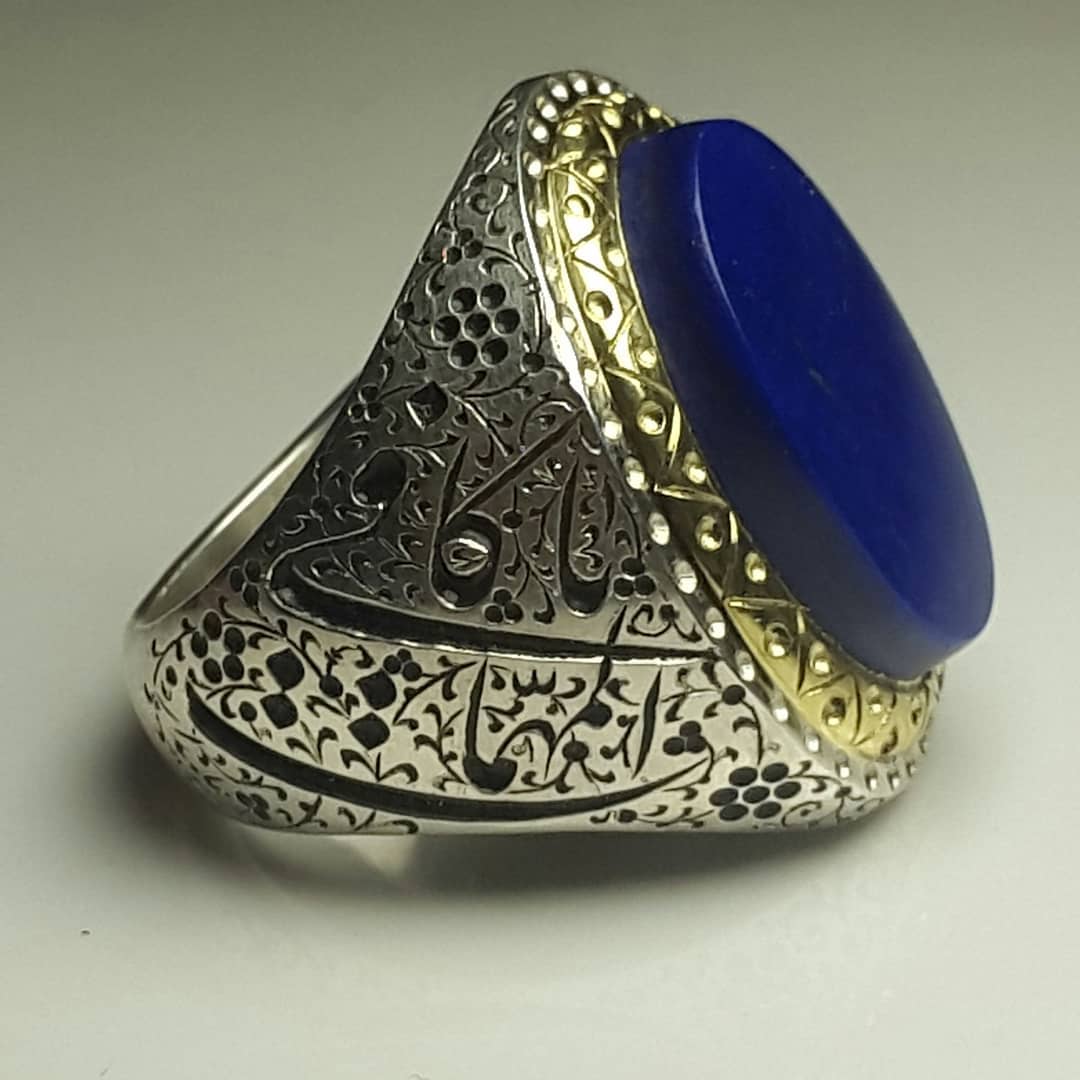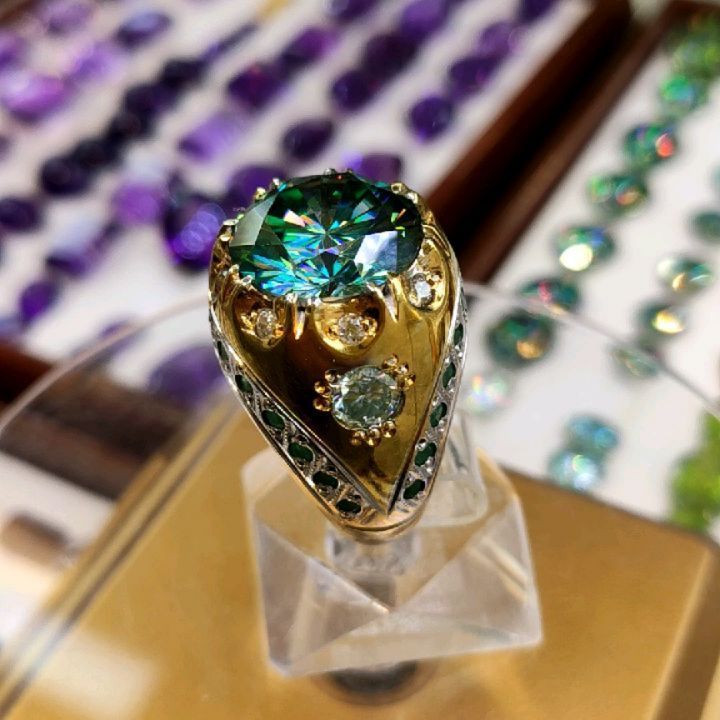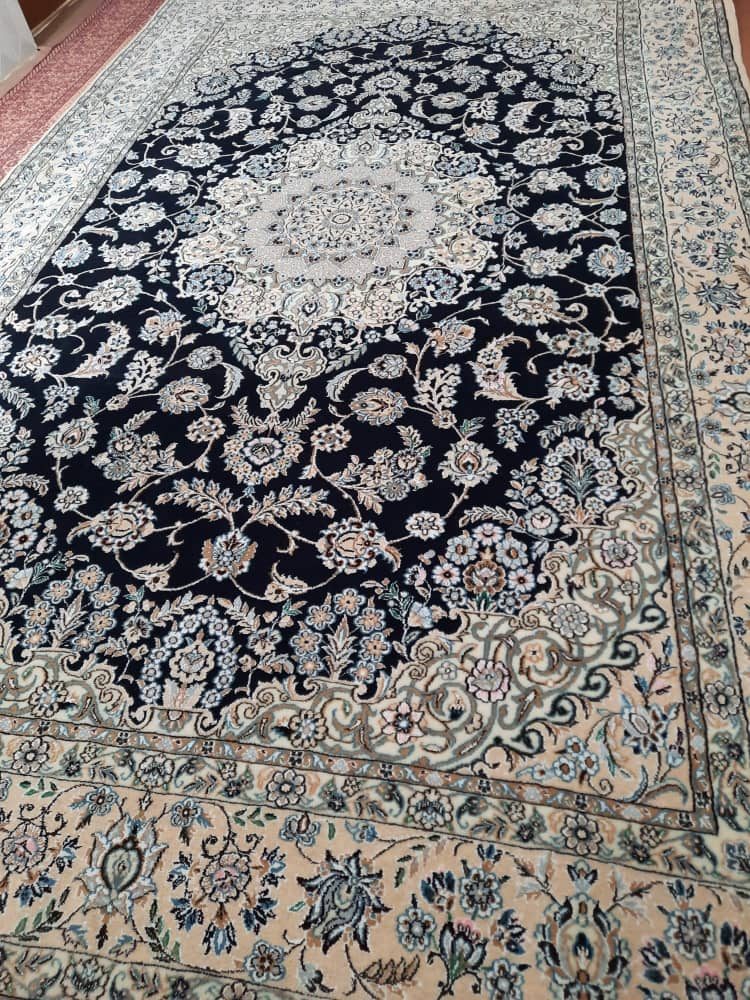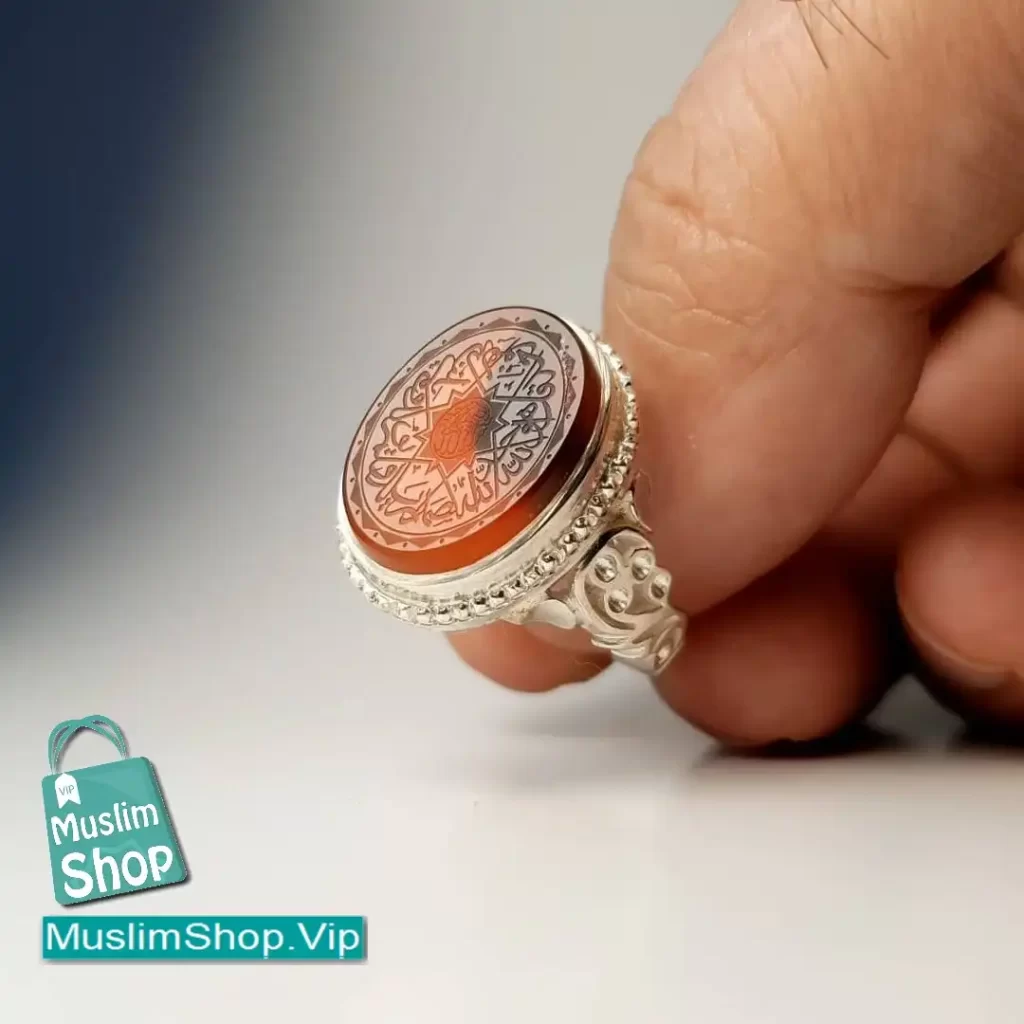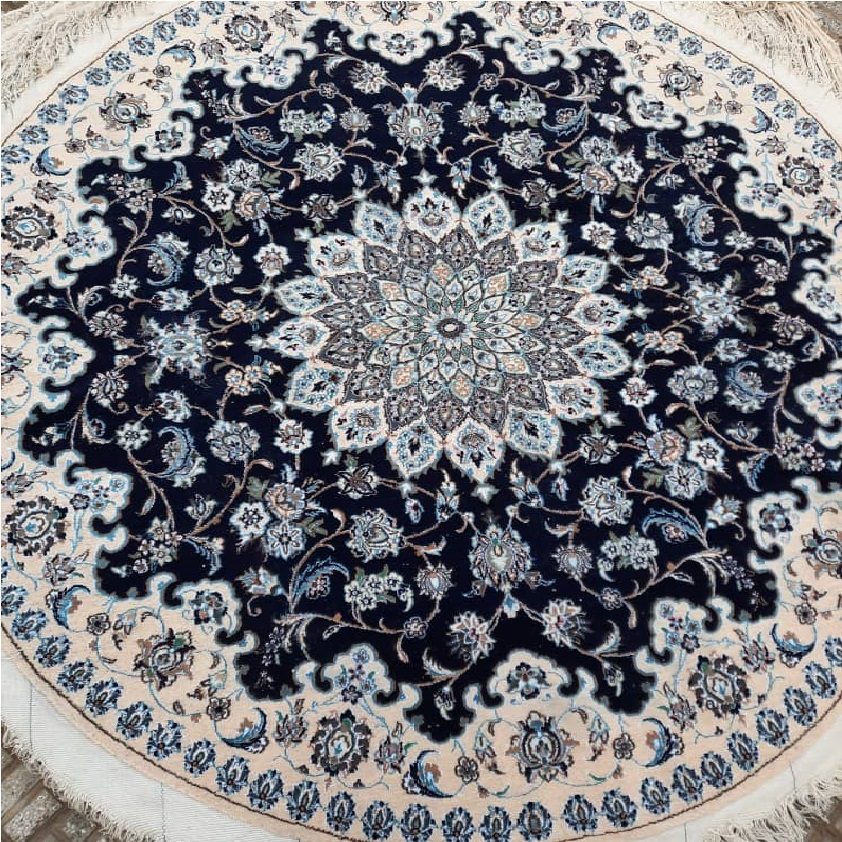Unveiling the Mystery: A Comprehensive Guide to Identifying an Iranian Rug’s Origin
For centuries, Iranian rugs have adorned palaces, homes, and museums worldwide, captivating hearts with their intricate designs, vibrant colors, and enduring craftsmanship. Owning one is more than simply acquiring a floor covering; it’s investing in a piece of cultural heritage and artistic legacy. But with such a rich history and diverse regional styles, determining the origin and authenticity of an Iranian rug can be an intricate puzzle.
This guide dives deep into the world of Iranian rug identification, empowering you to unlock the secrets woven within each masterpiece.
Embarking on the Journey:
Your quest begins with a thorough visual inspection. Each region in Iran boasts distinct design philosophies and motifs. Familiarize yourself with the intricate medallions of Tabriz, the floral elegance of Kashan, the meticulous detail of Qom, and the bold geometric patterns of nomadic rugs like Ghahreban. Analyze the rug’s design and motifs; does it align with a specific regional style?
Next, delve into the rug’s construction. Hand-knotted rugs reveal slight variations in knot size and shape, unlike the machine-made counterpart’s perfect uniformity. Examine the back of the rug for these subtle inconsistencies. Fringe construction also holds valuable clues. Hand-knotted rugs typically have fringes formed by the continuation of the warp threads, appearing natural and integrated, while machine-made ones often have sewn-on fringes.
Material Matters:
The materials employed tell a compelling story. Traditional Iranian rugs predominantly use natural fibers like wool, silk, or a combination. Feel the texture and sheen. Wool feels dry and resilient, while silk offers a smooth, lustrous touch. Synthetic fibers often feel stiff and have an unnatural sheen.
Dyes whisper tales of their origin as well. Natural dyes fade subtly and exhibit variations, while synthetic dyes present harsh, uniform colors. Look for unevenness or fading in color for clues. Additionally, hand-knotted rugs are generally thicker and heavier due to the denser knotting, compared to their machine-made counterparts.
Seeking Documentation and Provenance:
Reputable dealers provide certificates of authenticity issued by recognized organizations. These documents typically specify the rug’s origin, weaving technique, and materials. Verify the information meticulously and seek details beyond basic statements.
Dealer reputation plays a crucial role. Choose established rug dealers with a history of ethical sourcing and transparency. Research their online reviews and inquire about their authentication processes. Documentation, even if limited, can offer valuable insights. Purchase receipts, appraisals, or family records, if available, can serve as crucial pieces in the origin puzzle.
Calling Upon Experts:
For particularly valuable pieces or inconclusive findings, consider consulting a professional rug appraiser. Their expertise can provide an in-depth evaluation of the rug’s origin, age, authenticity, and value. They employ comprehensive analytical tools and draw upon extensive knowledge of regional styles and weaving techniques.
For ultimate certainty, scientific analysis, while expensive, can offer conclusive evidence of the rug’s origin and materials. Fiber analysis identifies the type of wool or silk used, while dye testing reveals the presence of natural or synthetic dyes. However, reserve this option for valuable rugs or when other methods leave ambiguities.
Beyond Methods:
Remember, no single method guarantees absolute certainty. A combination of approaches yields the most informed assessment. When doubts linger, prioritize caution and avoid acquiring rugs with questionable origins.
Beyond Identification:
Identifying the origin is just the first step. Understanding the story behind your rug adds another layer of appreciation. Research the region where it was woven, delving into its cultural influences and the traditional motifs employed. Imagine the skilled artisans who meticulously knotted each thread, weaving their stories and skills into the very fabric of the rug.
Owning an Iranian rug is a privilege, connecting you to a vibrant cultural heritage and artistic legacy. Embrace the journey of identification, appreciate the craftsmanship, and cherish the timeless beauty that adorns your space.
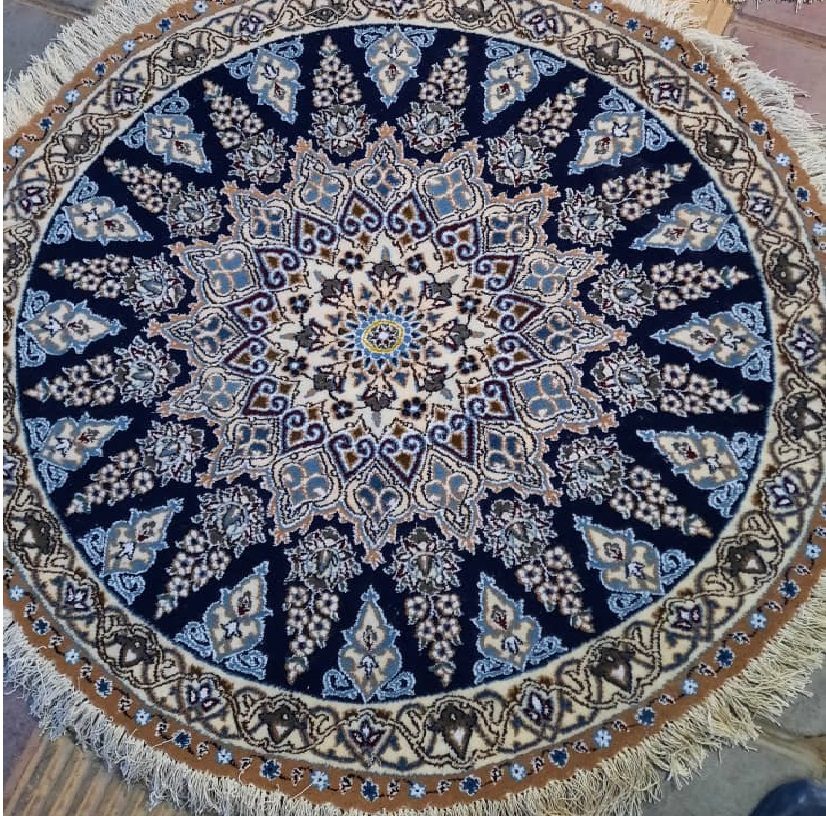
Additional Tips:
- Focus on specific regional styles during your research.
- Develop relationships with reputable rug dealers who prioritize transparency.
- Take high-quality photos of the rug, including details like the back and fringes, for expert consultations.
- Enjoy the process! Learning about Iranian rugs is a fascinating journey into history, art, and culture.
By following these steps and nurturing your curiosity, you can unlock the captivating story woven within your Iranian rug, transforming it from a beautiful adornment into a cherished piece of cultural heritage


